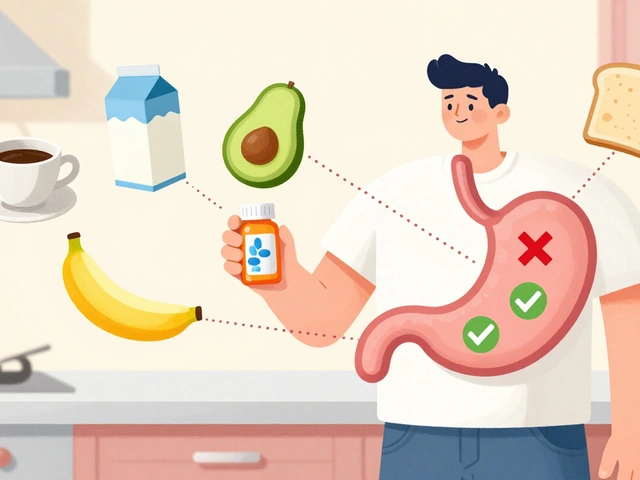Tuberculosis treatment: practical guide to drugs, schedules, and safety
Tuberculosis (TB) is curable when treated correctly. If you’ve been diagnosed or want to know how treatment works, here are the key facts you need now.
First-line treatment for drug-susceptible pulmonary TB uses four drugs: isoniazid, rifampicin, pyrazinamide, and ethambutol. The usual plan is 2 months of all four (intensive phase), then 4 months of isoniazid plus rifampicin (continuation). That six-month regimen works for most people when taken exactly as prescribed.
Missing doses raises the chance of treatment failure and drug resistance. Isoniazid can cause peripheral neuropathy; doctors often add vitamin B6 (pyridoxine). Watch for jaundice, dark urine, nausea, or severe fatigue — these can signal liver injury from isoniazid, rifampicin, or pyrazinamide.
Drug-resistant TB: what to expect
When TB resists isoniazid or rifampicin (MDR-TB) or multiple drugs (XDR-TB), treatment becomes longer and uses different medicines. Newer options include bedaquiline and delamanid, plus established drugs like linezolid, moxifloxacin, and clofazimine. Treatment may last 9 to 20 months depending on resistance patterns and response. Regimens should be guided by drug susceptibility testing and a specialist in TB care.
Diagnosis affects your treatment. Sputum smear microscopy finds bacteria quickly but can miss cases. Culture confirms TB and checks which drugs still work. Molecular tests such as GeneXpert detect TB and common rifampicin resistance in hours, which speeds up correct therapy choice.
Practical tips and drug interactions
Always complete the full course even after symptoms improve. Take medication with clear instructions about food and other drugs. Rifampicin reduces effectiveness of many medicines including some HIV drugs, birth control pills, warfarin, and certain antidepressants. Tell your provider about all medicines, supplements, and herbal products you use.
Special groups need extra care: children, pregnant people, and people with HIV may require adjusted doses, additional monitoring, or different drug choices. If you find medication online, stick to verified pharmacies and a prescription from your clinician. Fake or incomplete drugs can cause resistance and harm.
Ask for side-effect checkups during treatment, and get follow-up tests to confirm cure. If your symptoms return after finishing therapy, seek medical advice fast. TB treatment is complex but manageable with the right team, tests, and steady medication adherence.
Latent TB infection is different: you have bacteria in your body but no symptoms and you’re not contagious. Treating latent TB cuts the risk of active disease later. Common options include six to nine months of isoniazid, four months of rifampicin, or a shorter three-month weekly regimen of isoniazid plus rifapentine for eligible adults. Your provider will pick the best option based on age, liver health, and drug interactions.
Monitoring matters. Most programs check liver enzymes before starting treatment and repeat tests if you have symptoms. For drugs like ethambutol, report any vision changes right away. Linezolid can lower blood counts, so clinicians often do periodic blood tests. Avoid alcohol while on TB drugs and try to quit smoking — these steps help drugs work better and reduce side effects. Public health teams usually do contact tracing to protect family members; cooperate with them.
Discover how Myambutol (ethambutol) works for tuberculosis, its effects, side effects, tips for safe use, and important facts for patients and carers.
View Details

